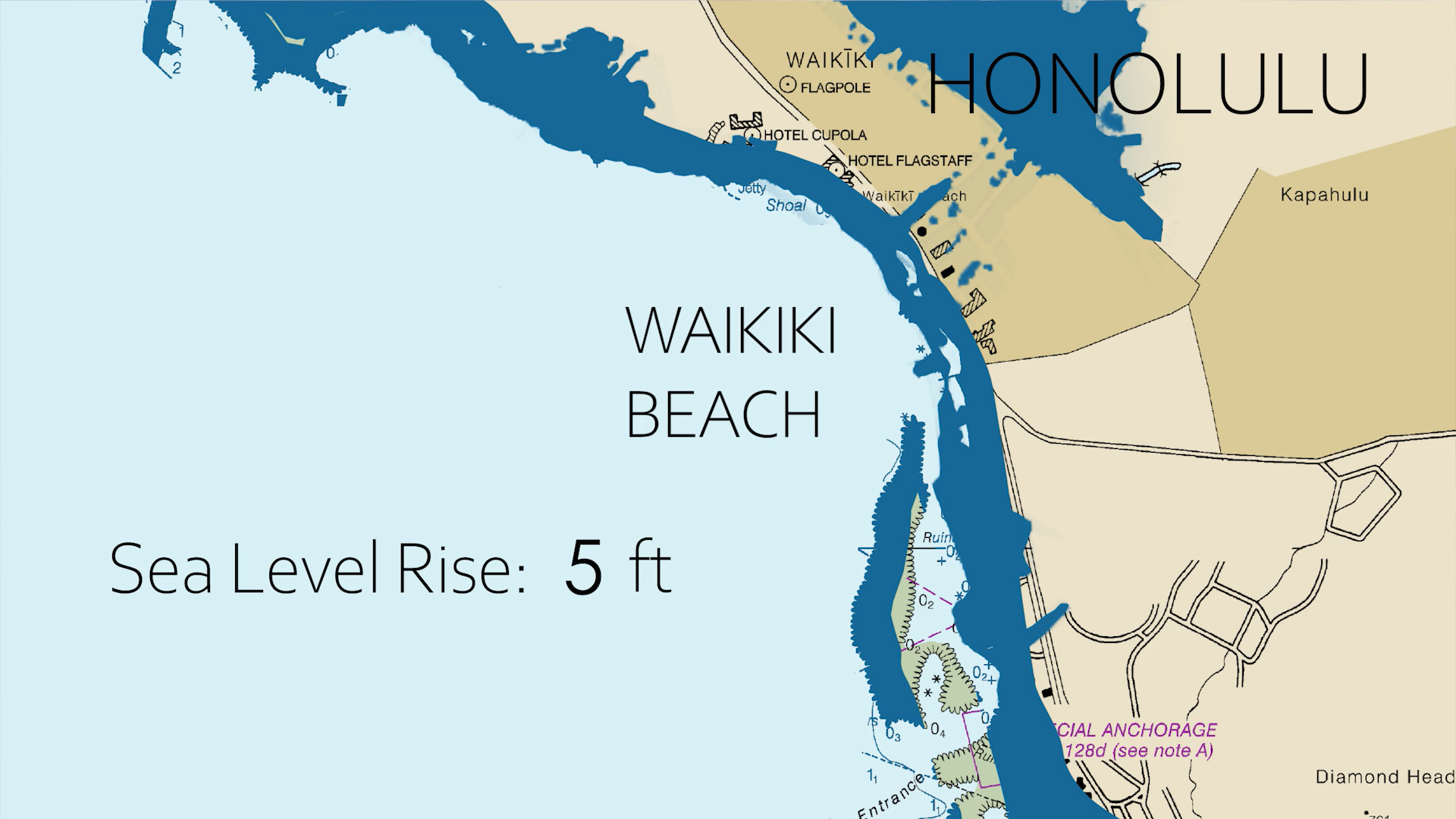PHASE 2:
Fostering Inspiration and Idea-Generation through Global Best Practices
Development of Locally Resonant Global Case Studies
With these Opportunity Areas in mind, RCC leveraged its global network of resilience practitioners to develop three immersive video case studies for the Exchange. These case studies, delivered through compelling online video content, and narrated by local experts, aimed to set the stage for creative thinking and idea generation among stakeholders about what is possible in San Diego’s coastal beach communities.
The Cardiff State Beach Living Shoreline
Encinitas, California
This multi-jurisdictional collaboration led by the City of Encinitas and the State Coastal Conservancy brought together multiple state, federal, private, non-profit, and academic partners to pilot a nature-based approach to coastal management at Cardiff State Beach. Coastal erosion posed a significant threat to the community: local businesses and Highway 101 were experiencing increasingly frequent and costly flood damage, while continuous erosion of the beach threatened not just a prized natural resource and community touchstone, but a key driver of the local tourism economy. Traditional hard approaches to coastal management, like seawalls, groins, and levies, were both costly and short term, and provided no benefits beyond coastal hardening. The City and its partners instead turned to a Living Shoreline, a natural solution that leverages buried riprap, a buried revetment, and restored dune designed to capture sand and prevent erosion, while also restoring and protecting shoreline ecosystems and offering additional community access benefits. The Living Shoreline incorporates native coastal plants, which boosts biodiversity, and has created new habitat for endangered species such as the Snowy Plover. At the same time, it protects the community from flooding and enhances connectivity both to the coastline and among coastal communities. The innovative approach will be monitored for five years by UCLA and the Scripps Institution of Oceanography at the University of California San Diego; preliminary results released in the spring of 2020 found that it was successful in preventing coastal erosion. This project can be considered a model for nature-based solutions across California and beyond.
Special Improvement District
Waikiki, Hawaii
Honolulu, Hawaii’s Waikiki is another community where the coastline plays a central role both in terms of cultural identity and as a driver of economic activity. Generating $2 billion per year in economic impact, largely through tourism, the beach supports a historic surfing community. But the manmade, highly engineered Royal Hawaiian Beach is unstable and chronically eroding—putting communities and livelihoods at risk. When traditional tactics in implementing coastal resilience projects proved too slow and required large amounts of capital, local business and property owners—recognizing the full economic value of the coastline to these businesses and communities—formed a novel entity in partnership with state and local governments: the Waikiki Special Improvement District Association. This public private model allows partners to jointly fund priority projects that build coastal resilience, pooling private investments along with matching government funding. The University of Hawaii shares data and the latest academic research to inform decisionmaking. And an advisory committee that includes Association members helps to build consensus around coastal projects. Since its establishment in 2015, the Association has launched seven projects, including several groins that have helped to stabilize the beach. This innovative model underscores two important lessons: first, showing the importance of a complete understanding of the economic value of natural assets in making the business case for resilience projects; and second, how revenue generation and climate adaptation can go hand in hand.
The Sandmotor
the Netherlands
In the Netherlands, the Dutch government worked with scientists, local officials, and other stakeholders to construct the Sandmotor: a peninsula of 21.5 million cubic meters of sand off the Dutch coast that combats coastal erosion. Previously, rapid erosion of the coastline threatened nearby coastal cities, requiring repeated interventions such as nourishment and replenishment that were both costly and disruptive to natural ecosytems. The innovation of the Sandmotor is that it works with rather than against nature, capitalizing upon the natural movements of wind, tides, and ocean currents to replenish sand and protect the coastline. As a result, large amounts of sand are redistributed naturally. This example of dynamic coastal engineering allows natural habitats and dunes to sustain themselves and evolve without human impact. While originally launched as a pilot that was estimated to last for 20 years, the model has proved so successful that scientists now predict it will sustain the coastline for approximately double that timeframe. Over the past decade, scientists and project partners have used an innovative system that includes a sophisticated network of cameras, along with data collection and sharing, to continuously monitor and track coastal systems. The Sandmotor provides multiple additional benefits beyond coastal defense: the open space, with its now flourishing restored ecosystems, also serves as an important source of active recreation activities for local residents and draws a significant number of tourists, generating economic activity for the region.





